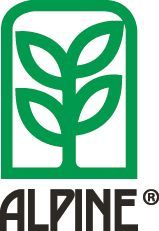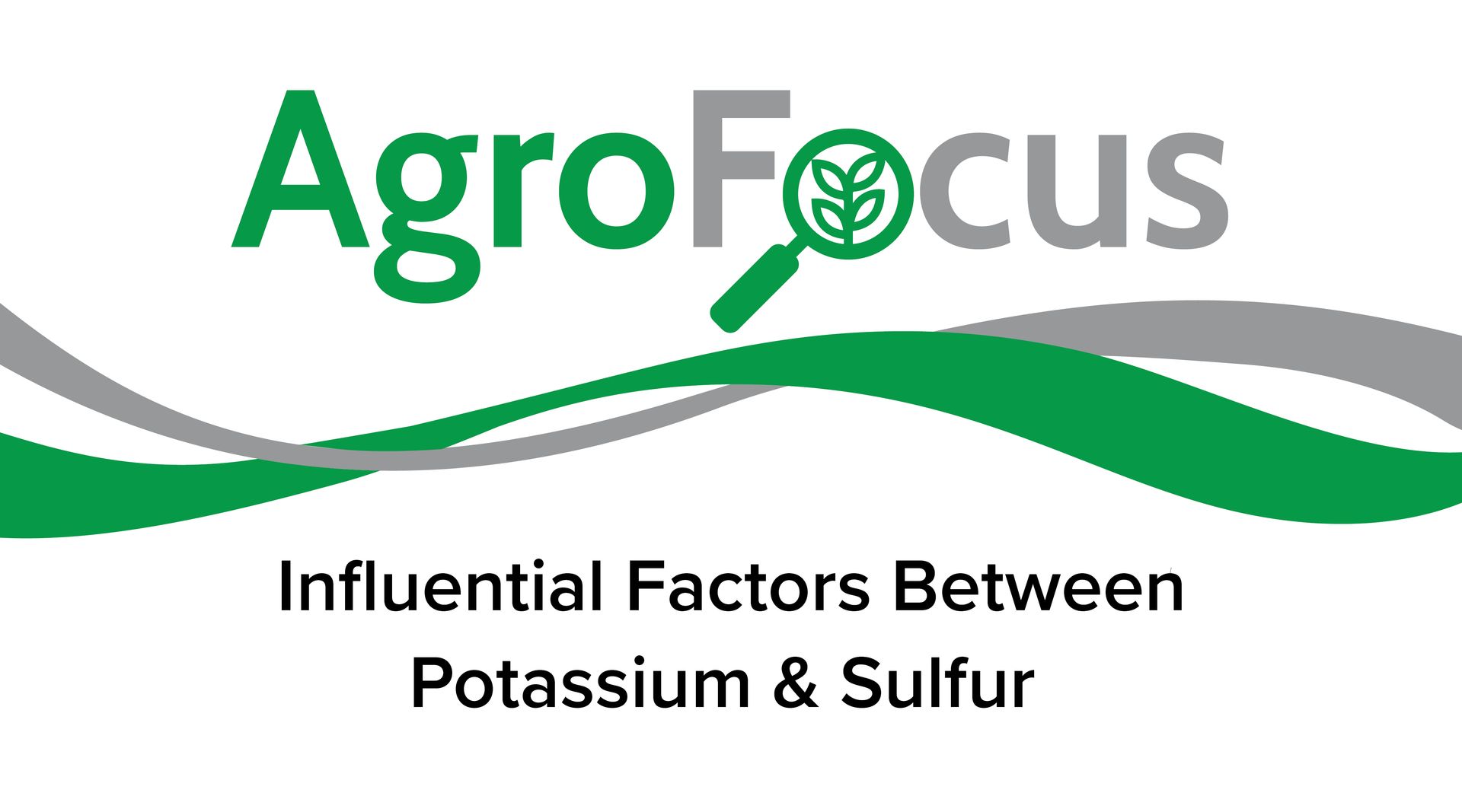Fall Strip-tillage: an Excellent Time to Deliver Fertilizer Efficiently
Applying fertilizer with strip tillage during the fall is an attractive option, allowing for accurate and positive placement of fertility. Potential benefits include yield improvement, cost savings, environmental protection and more. In my experience, most farmers know that they could get better performance from their fertilizer if they had the time and the ability to spoon feed their crop throughout the season. However, their fertilizer delivery methods have to be attainable. Therefore much of the season’s fertility is applied pre-plant in order to save time and reduce management demands when other farming tasks are at their peak. Banding fertilizer provides profound benefits. We are well accustomed with the starter effect, when banded fertilizer stimulates early growth, critical for attaining maximum yields. Strip tillage enables farmers to increase the potential benefits of banding. This practice reduces nutrient interactions and nutrient tie-up in the soil. Also, compact placement of nutrients assures the developing crop’s root system will locate them, especially when dry conditions persist. Strip tillage offers an excellent opportunity to apply many NACHURS products, especially Bio-K products. What makes Bio-K unique is that potassium is paired with an organic-based carrier (acetate) instead of a salt such as chloride. Acetate is a natural plant metabolite that has many important functions within the plant. It also stimulates growth of soil microbes/mycorrhizal fungi which have symbiotic relationships with plant roots. Specific products to consider including with fall fertility are: NACHURS K-fuel (0-0-24), NACHURS K-flex (0-0-19-6S), or NACHURS K-fuse (6-0-12-12S). Approaches to fertility placement vary regionally. Differences in soil type and climate must be examined to develop best practices. Fertility with strip-tillage and then returning with RTK guidance over the strip with an in-furrow N-P-K-S + micros sets the plants potential at a higher plain.

Applying fertilizer with strip tillage during the fall is an attractive option, allowing for accurate and positive placement of fertility. Potential benefits include yield improvement, cost savings, environmental protection and more.
In my experience, most farmers know that they could get better performance from their fertilizer if they had the time and the ability to spoon feed their crop throughout the season. However, their fertilizer delivery methods have to be attainable. Therefore much of the season’s fertility is applied pre-plant in order to save time and reduce management demands when other farming tasks are at their peak.
Banding fertilizer provides profound benefits. We are well accustomed with the starter effect, when banded fertilizer stimulates early growth, critical for attaining maximum yields. Strip tillage enables farmers to increase the potential benefits of banding. This practice reduces nutrient interactions and nutrient tie-up in the soil. Also, compact placement of nutrients assures the developing crop’s root system will locate them, especially when dry conditions persist.
Strip tillage offers an excellent opportunity to apply many NACHURS products, especially Bio-K products. What makes Bio-K unique is that potassium is paired with an organic-based carrier (acetate) instead of a salt such as chloride. Acetate is a natural plant metabolite that has many important functions within the plant. It also stimulates growth of soil microbes/mycorrhizal fungi which have symbiotic relationships with plant roots. Specific products to consider including with fall fertility are: NACHURS K-fuel (0-0-24), NACHURS K-flex (0-0-19-6S), or NACHURS K-fuse (6-0-12-12S).
Approaches to fertility placement vary regionally. Differences in soil type and climate must be examined to develop best practices. Fertility with strip-tillage and then returning with RTK guidance over the strip with an in-furrow N-P-K-S + micros sets the plants potential at a higher plain.










